Visual Alchemist: How Gus Van Sant Redefined Film, Photography, and Painting
Threadsiversary Request
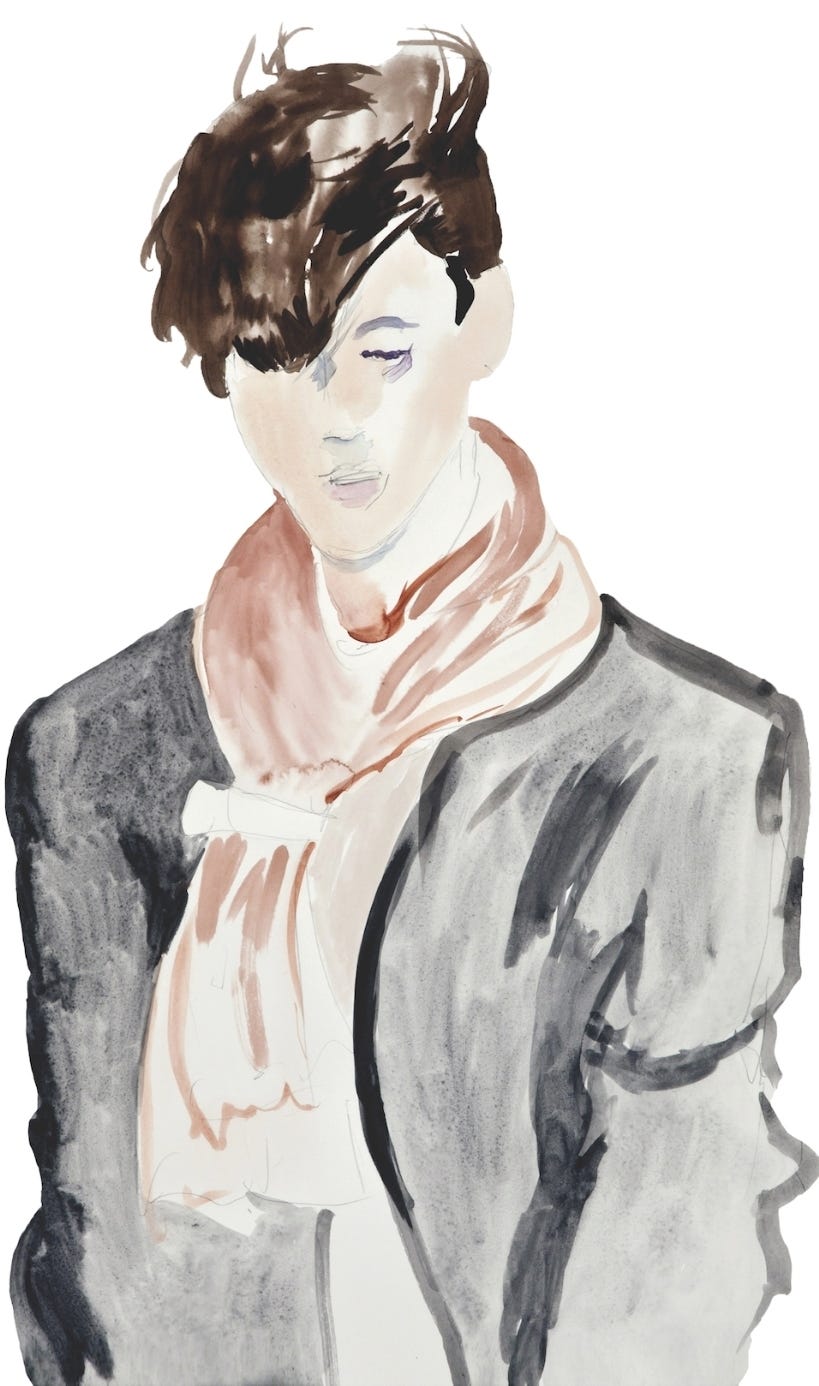
Gus Van Sant, born on July 24, 1952, in Louisville, Kentucky, is an influential figure in contemporary American cinema, renowned for his distinctive storytelling and stylistic innovation. Growing up in various locations across the United States due to his father's career as a traveling salesman, Van Sant experienced a transient childhood, significantly shaping his narrative perspectives on identity, displacement, and societal outsiders (Parish 12-15). He cultivated his artistic interests at the Rhode Island School of Design, earning his degree in painting and film in 1975. This education instilled a strong foundation in visual composition and narrative structure, influencing his expansive multidisciplinary career (Levy 45-48).

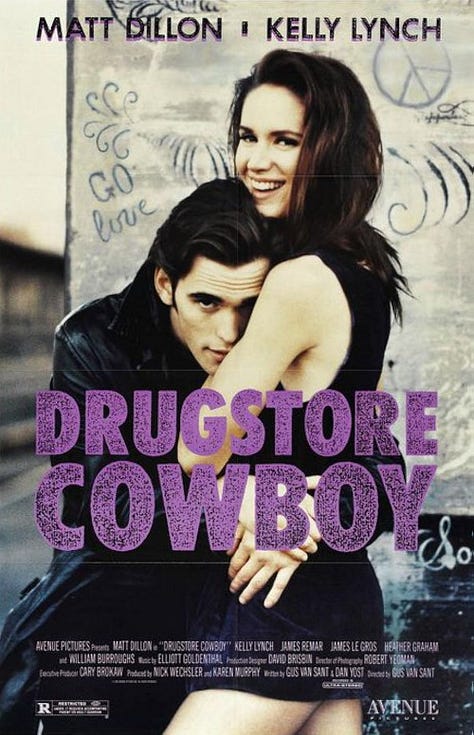

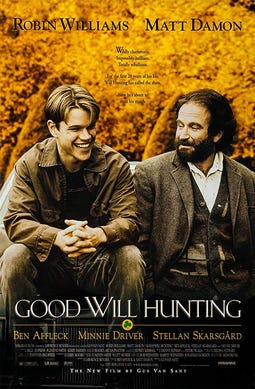
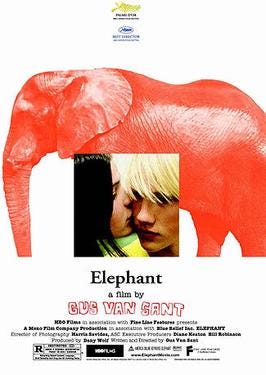
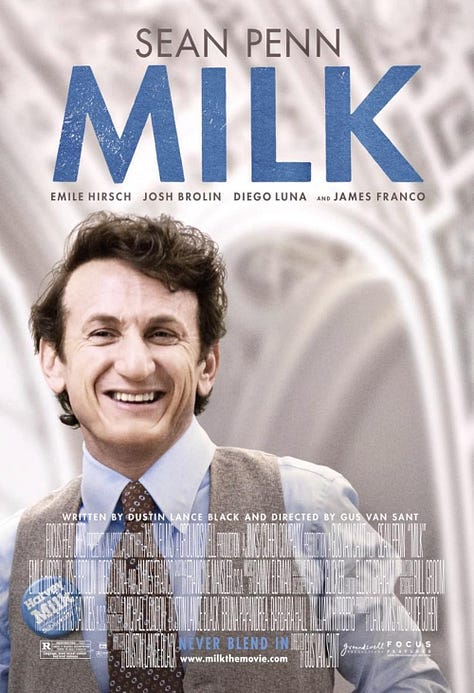
Van Sant's cinematic career took root in the mid-1980s with the groundbreaking independent film "Mala Noche" (1985), which explored queer identity and marginalized communities, garnering critical acclaim at various international film festivals. His next film, "Drugstore Cowboy" (1989), solidified his reputation, demonstrating his nuanced portrayal of addiction and subcultural narratives (Rich 85). The 1991 film "My Own Private Idaho," starring River Phoenix and Keanu Reeves, significantly impacted indie cinema, blending Shakespearean elements with contemporary storytelling to depict themes of youth alienation and sexuality (Clarke 78-82). Van Sant continued to achieve mainstream recognition with "Good Will Hunting" (1997), nominated for multiple Academy Awards, including Best Director. His subsequent filmography includes "Elephant" (2003), which earned the Palme d'Or at Cannes, and "Milk" (2008), a critically acclaimed biographical drama about Harvey Milk that earned him another Oscar nomination (French 112-116).
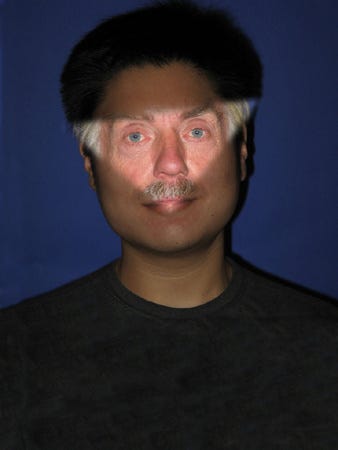

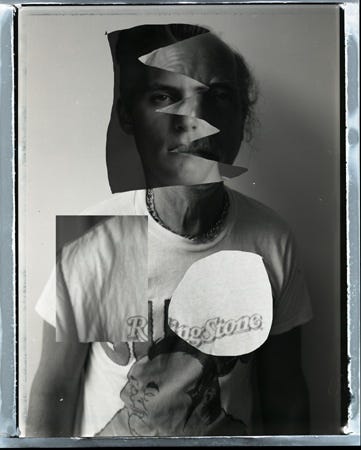
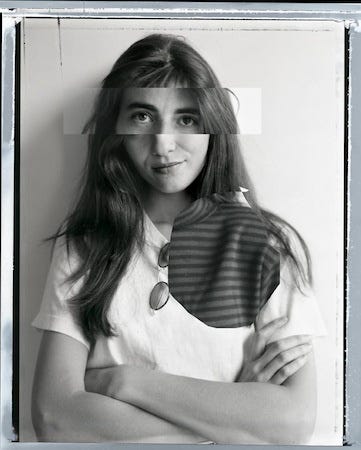
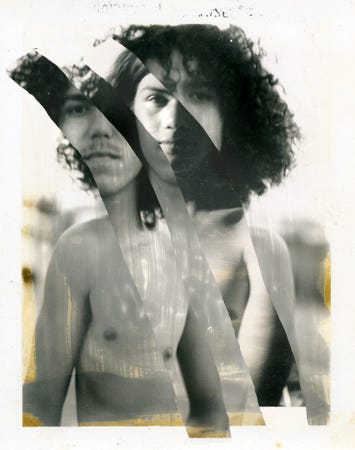


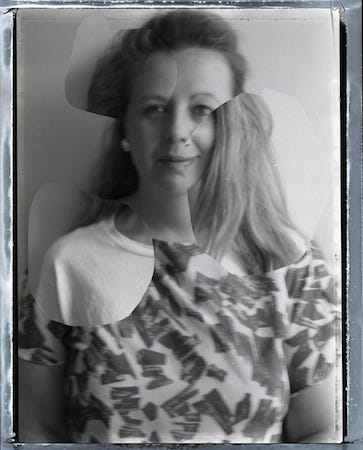
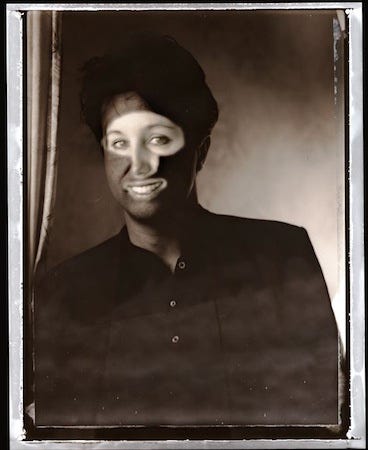





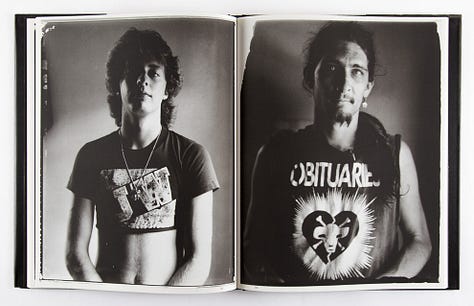
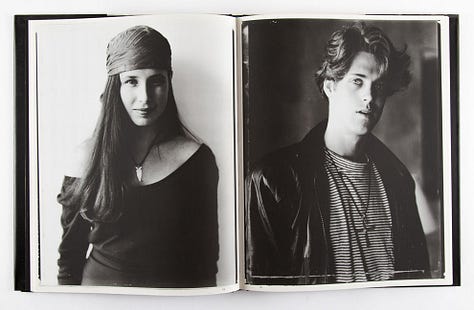
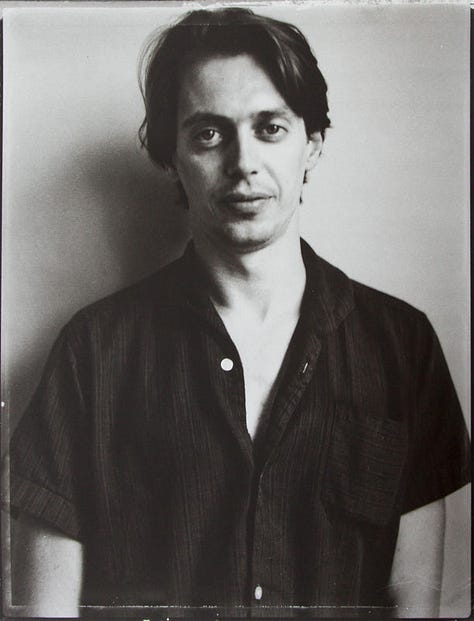

In addition to filmmaking, Van Sant has significantly contributed to contemporary visual arts as an accomplished photographer. His photographic practice frequently features intimate and starkly emotional portraits, characterized by themes of youth, vulnerability, and existential solitude. Notably, his photographic exhibition "Cut-ups," displayed at the PDX Contemporary Art Gallery, features collaged Polaroids blending enigmatic narratives with evocative visuals, reflecting his cinematic storytelling roots (PDX Contemporary Art Gallery). His photo series "108 Portraits" offers intimate glimpses into cultural icons, presenting subjects with an unfiltered authenticity that explores the intersection of celebrity and personal vulnerability (Van Sant).
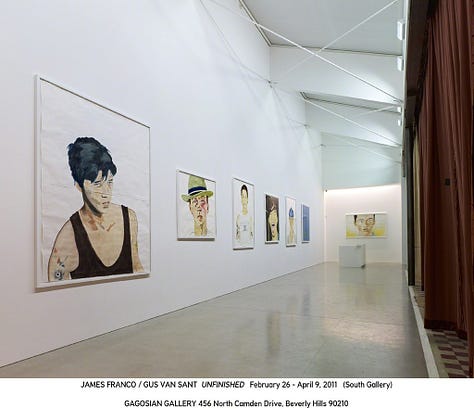

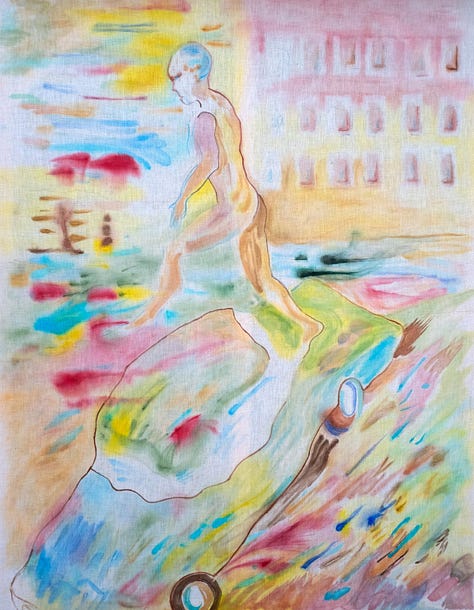
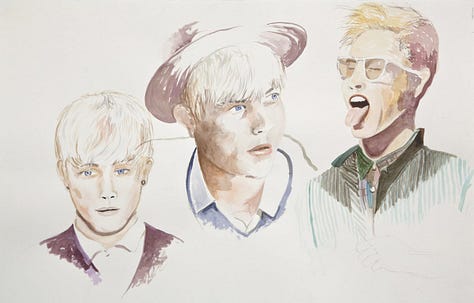
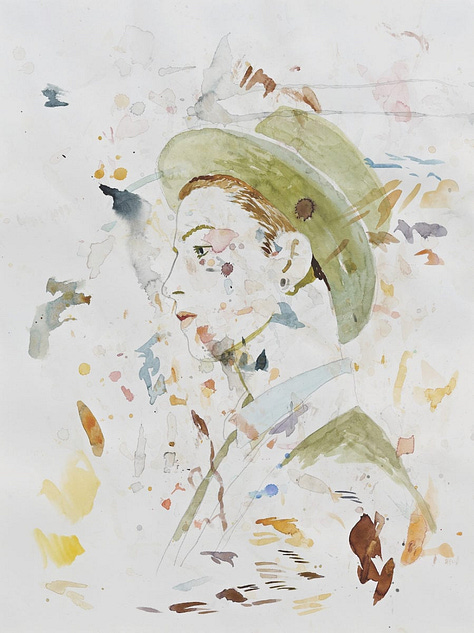
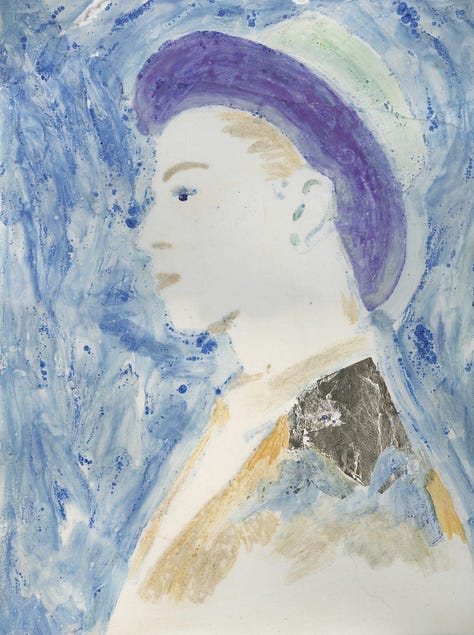
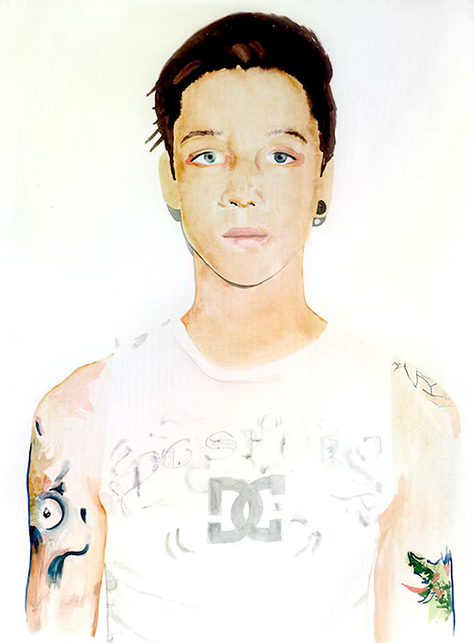
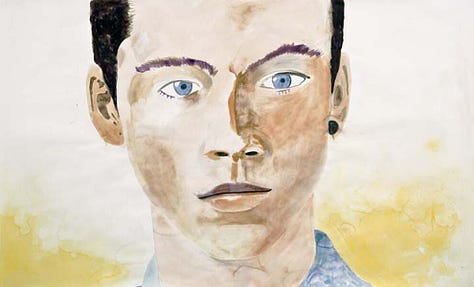

Van Sant's painting career reveals a deep engagement with abstract expressionism and contemporary minimalism, characterized by emotionally resonant works that explore memory, narrative complexity, and abstract symbolism. His exhibition "Unfinished" at the Gagosian Gallery illustrates the convergence of his cinematic storytelling with visual artistry, presenting paintings that incorporate textual fragments, photographic elements, and expressive brushwork, reflecting his ongoing interdisciplinary experimentation (Gagosian Gallery). Additionally, his work has been featured at prestigious institutions, such as the Jordan Schnitzer Museum of Art, highlighting his role in bridging cinematic narratives and fine arts traditions (Jordan Schnitzer Museum of Art).

Van Sant’s literary contributions include published photography collections such as "Gus Van Sant: Icons," which similarly investigates cultural imagery and personal introspection, furthering his exploration of identity and representation across diverse artistic forms (Van Sant, Icons).
Through his extensive body of work in film, photography, and painting, Van Sant consistently addresses themes of identity, marginalization, youth culture, and narrative experimentation. His interdisciplinary practice embodies a continuous dialogue between various artistic mediums, marking him as a uniquely innovative contemporary artist.
References:
Clarke, Gerald. Van Sant's Cinematic Style and Themes. Film Quarterly, vol. 45, no. 3, 1992, pp. 75–85.
French, Brandon. Gus Van Sant: An Auteur Revisited. Cinema Journal, vol. 49, no. 4, 2010, pp. 109–125.
Gagosian Gallery. Gus Van Sant: Unfinished. Gagosian, 2019, www.gagosian.com/exhibitions/2019/gus-van-sant-unfinished.
Jordan Schnitzer Museum of Art. Gus Van Sant: Imagery and Narrative. University of Oregon, 2018, jsma.uoregon.edu/GusVanSant.
Levy, Emanuel. Cinema of Outsiders: The Rise of American Independent Film. NYU Press, 1999.
Parish, James Robert. Gus Van Sant: An Unauthorized Biography. St. Martin’s Griffin, 2001.
PDX Contemporary Art Gallery. Cut-ups by Gus Van Sant. PDX Contemporary Art, 2021, www.pdxcontemporaryart.com/cut-ups-gus-van-sant.
Rich, B. Ruby. New Queer Cinema: The Director’s Cut. Duke University Press, 2013.
Van Sant, Gus. 108 Portraits. Twin Palms Publishers, 1993.
Van Sant, Gus. Icons. Schirmer/Mosel, 2011.




didn't know about his other work outside of film, wonderful to find out in this article
I forget these pivotal works all came from the same man. You have also reminded me that To Die For was one of my favorite movies in the mid 90s and a great dark humor showcase for Nicole Kidman when nobody thought much about her.
There is so much to say about Gus based upon who his collaborators and influencers were. He was a kind of magnet of creativity. I will highlight William S. Burroughs in particular for my repost.